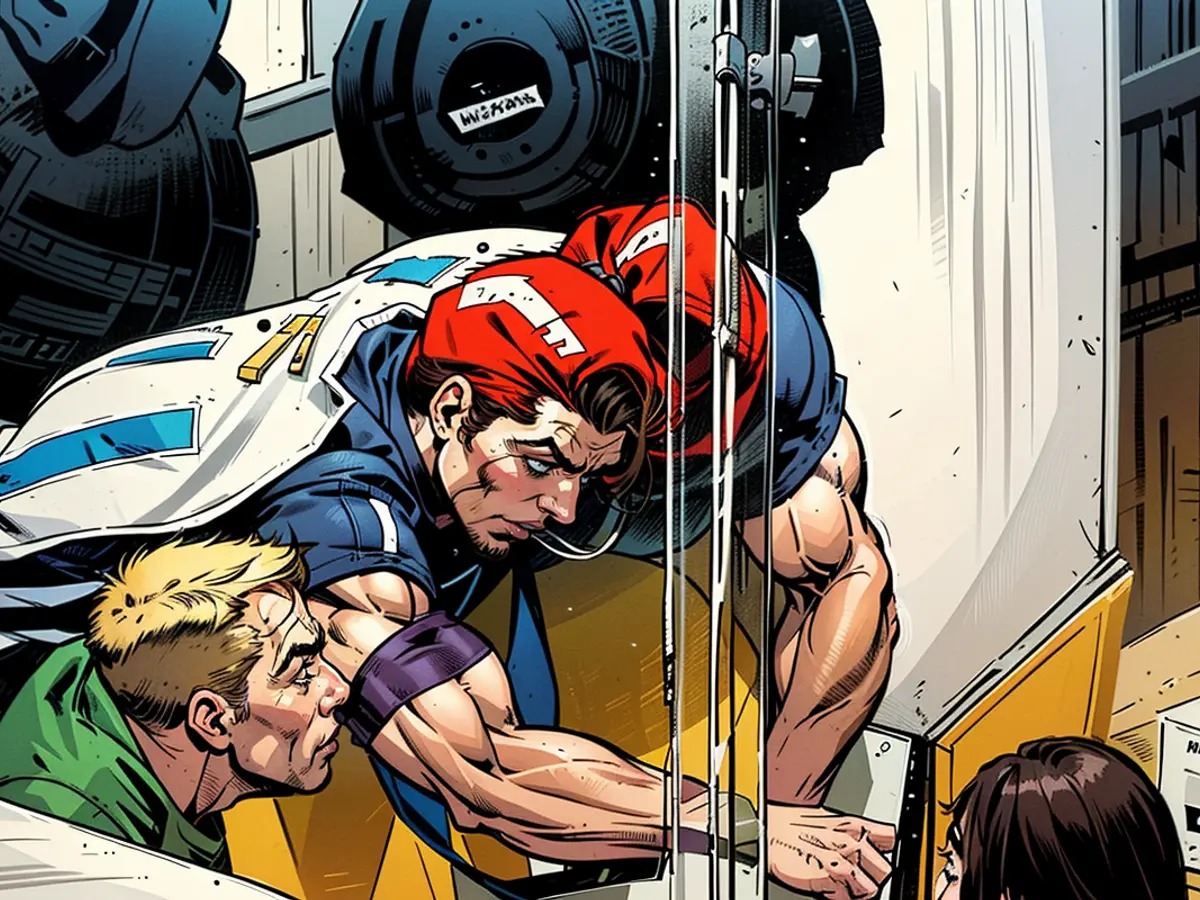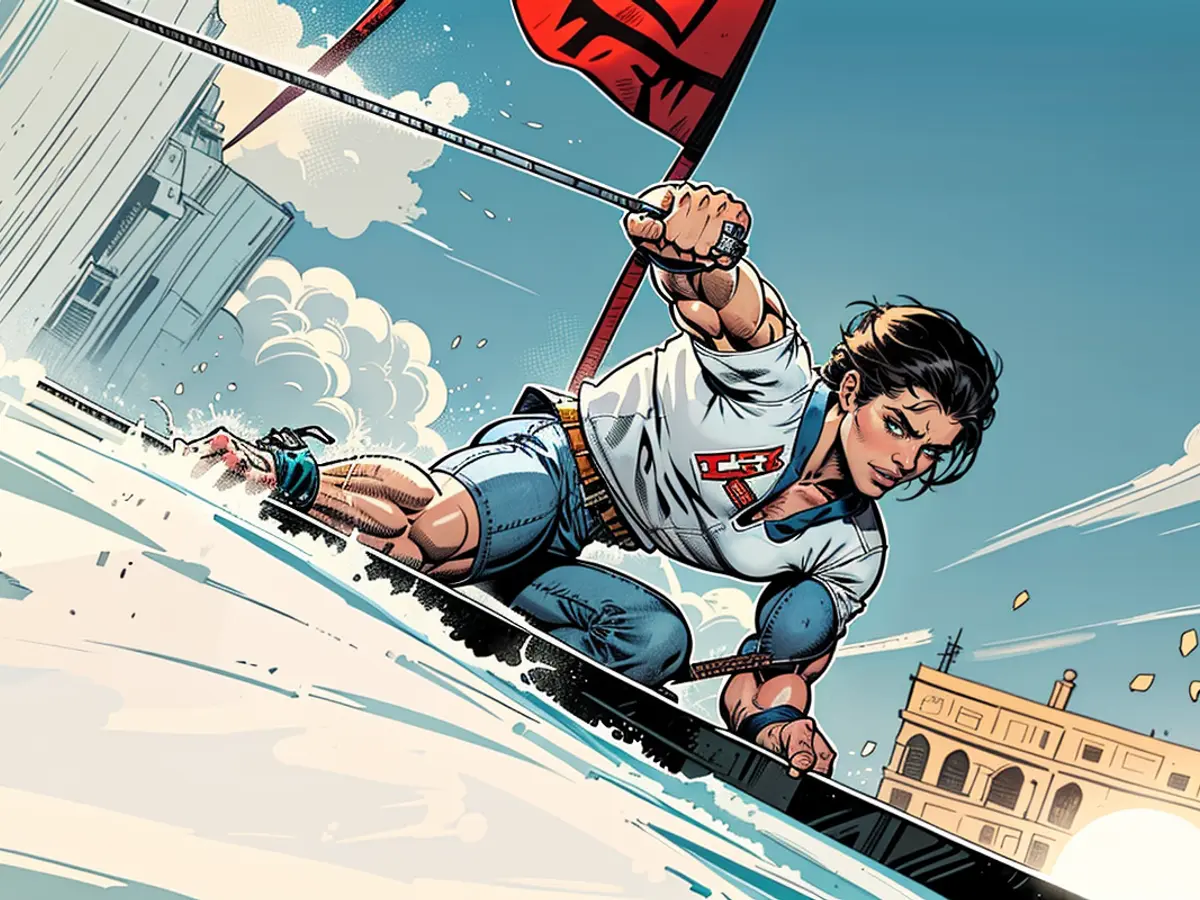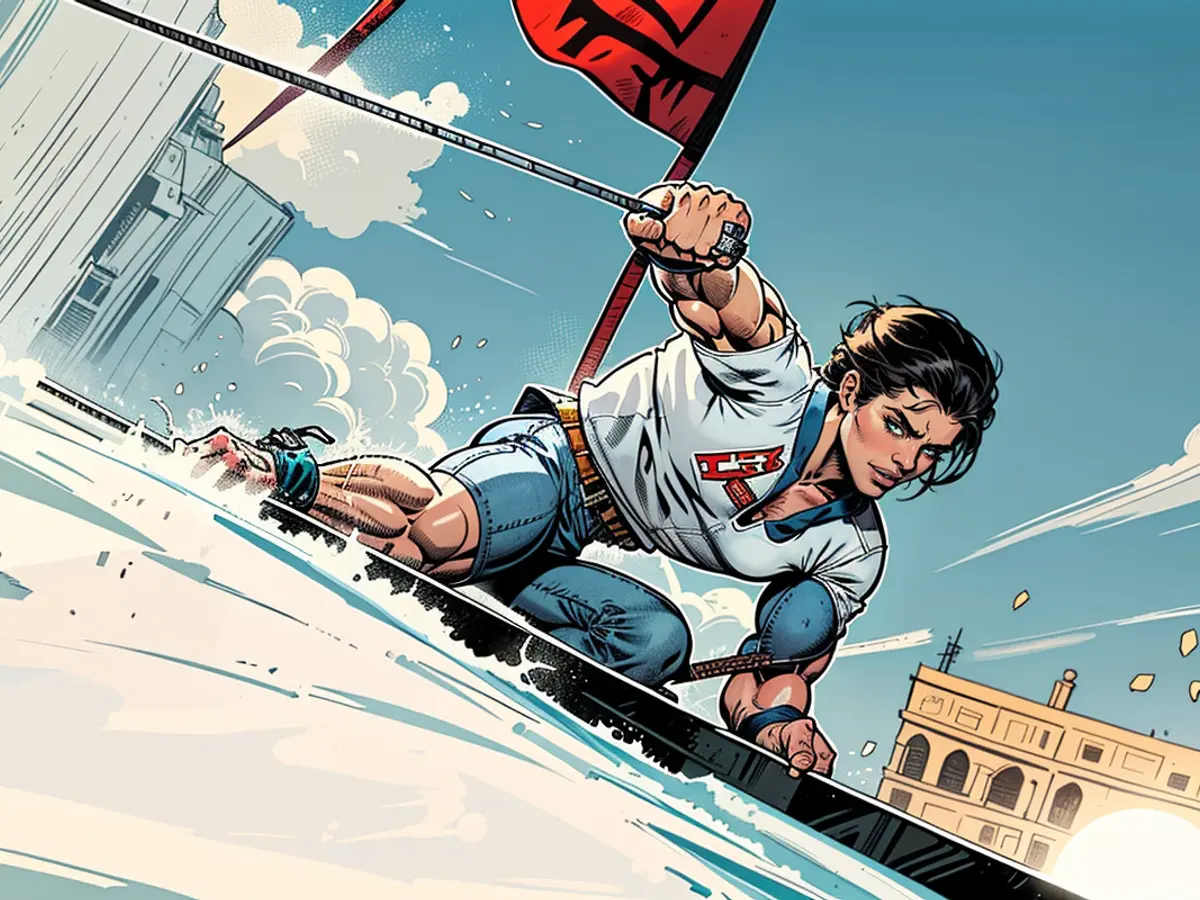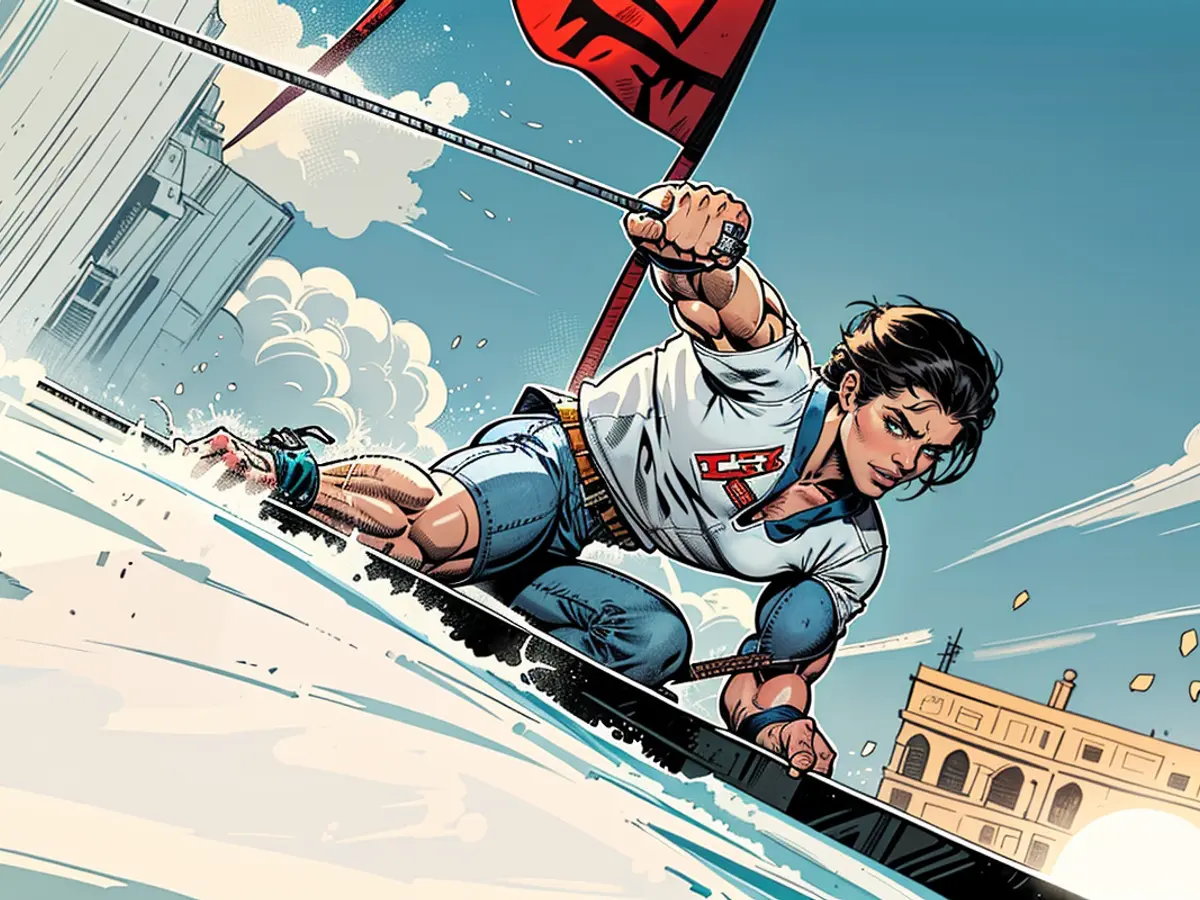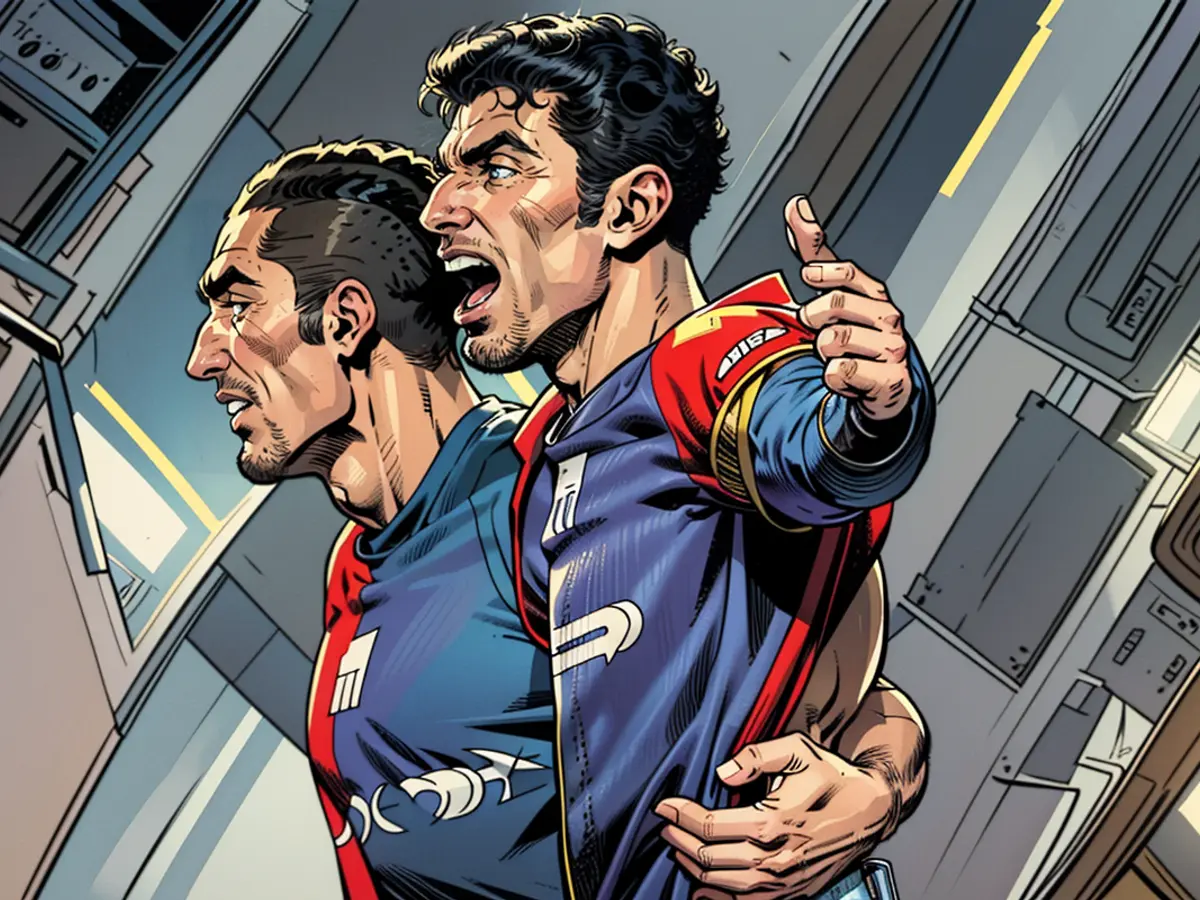Careful examination of the presented football video evidence is necessary.
In football, it often leads to arguments and confusion every weekend. In sports like fencing or wrestling at the Olympics, it results in frequent interruptions. However, in German ice hockey, the video review has turned into a triumphant narrative that started around 25 years ago. "The way we do it, it's really effective," claims DEL CEO Gernot Tripcke, "it's self-help for the referee, not external control. No extra referee or boss telling him what to do."
The Deutsche Eishockey Liga brought this technological assistance onto the field in the 1999/2000 season - during the playoffs. "At the beginning, we had just two VHS video recorders and a monitor in the timekeeper's cabin," recalls Jörg von Ameln, who was then and still is responsible for the DEL's operations. The traditional goal judges in their small boxes, who would signal a goal by lighting up green, were considered outdated.
"We were the pioneers in Germany," says von Ameln, "other leagues copied us one by one." Initially, there was only one replay camera, and in broadcasts by the then TV partner Premiere, additional TV images were also available on another video recorder. Decisions were only made about goals: Was the puck behind the line? Was an attacker offside in the crease? Was the puck kicked into the net? Was the goalie interfered with?
Unlike in football or the NHL, there's no video referee or VAR intervening from the outside. "The referee on the ice has to make a decision before he leaves the ice," explains von Ameln, "the images must completely contradict his decision. If not, it stands." Serious mistakes are rare, mostly due to the video review not being used at all. Like in 2021 with an Augsburg phantom goal, when the puck slipped through a hole in the net from the outside. Or in 2023, when a Straubing goal was scored with the puck sliding under the goal frame.
Unlike football, where it's also about penalties and red cards, the video review initially only concerned goal decisions. Only in the last three years have major penalties for serious fouls been able to be confirmed or reduced via video - now, thanks to the TV partner Telekom, in HD and from different perspectives at every game. Since last season, it can be checked whether the puck was shot illegally over the Plexiglas. The latest innovation: All referees explain their decisions, including those after the video review, via microphone and hall speakers. They can also communicate better with each other on the ice with the new system. "Even the NHL is looking at this function," says von Ameln.
Of course, there's always room for improvement: Von Ameln would like to have three cameras in the goal post - a financial issue. It's often debated whether coaches should be given the right to demand a video review, like in the NHL. "The demand isn't there yet," says von Ameln. The number of video reviews is already high enough, with 214 for goals and 91 for penalties last season. 28 goal decisions were changed. "That," emphasizes von Ameln, "is definitely a success."
The introduction of video review in German ice hockey, starting around 1999/2000, has transformed it into a sport where controversial decisions are minimized. Unlike in football or the NHL, there's no external video referee or VAR interfering in ice hockey matches.
